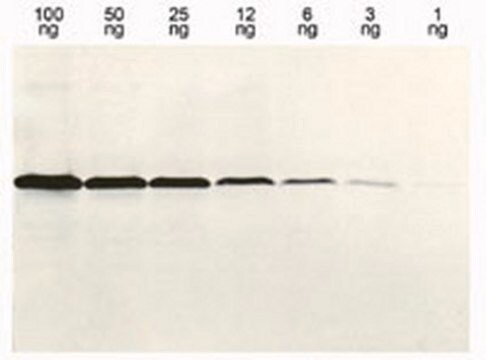MAC112
Anti-S•Tag fusion protein Antibody
clone 26A4.1.2, from mouse
Sign Into View Organizational & Contract Pricing
All Photos(1)
About This Item
UNSPSC Code:
12352203
eCl@ss:
32160702
NACRES:
NA.41
Recommended Products
biological source
mouse
Quality Level
antibody form
purified immunoglobulin
antibody product type
primary antibodies
clone
26A4.1.2, monoclonal
species reactivity (predicted by homology)
all
technique(s)
immunocytochemistry: suitable
immunoprecipitation (IP): suitable
western blot: suitable
isotype
IgG1κ
shipped in
wet ice
target post-translational modification
unmodified
General description
The S•Tag fusion protein is one of many polypeptide tags used to facilitate the identification and purification of many targets of interest. The gene encoding the S•Tag peptide can be added into a vector with another gene that encodes a target of interest. Such vectors, which are available through the Novagen product line, are subsequently transfected into various mammalian, bacterial, or insect cell cultures. Because the target of interest and the S•Tag peptide are expressed as one protein, identification of the target is facilitated with the use of antibodies that are specific for the respective fusion tag. Optional purification of the target may be performed using chromatography techniques that allow for the binding and removal of the respective fusion tag, if desired.
Immunogen
Linear peptide corresponding to S•Tag fusion proteins.
Application
Detect S•Tag fusion protein using this Anti-S•Tag fusion protein Antibody validated for use in Western Blotting, ICC, Immunoprecipitation.
Immunocytochemistry Analysis: A representative lot detected S•Tag fusion proteins in transfected COS-7 cells.
Immunoprecipitation Analysis: A representative lot immunoprecipitate S•Tag fusion proteins in IP.
Immunoprecipitation Analysis: A representative lot immunoprecipitate S•Tag fusion proteins in IP.
Research Category
Epitope Tags & General Use
Epitope Tags & General Use
Research Sub Category
Epitope Tags
Epitope Tags
Quality
Evaluated by Western Blot in Posi-Tag Epitope Tag Control.
Western Blot Analysis: 0.05 µg/mL of this antibody detected S•Tag fusion proteins in 5 µL of Posi-Tag Epitope Tag Control.
Western Blot Analysis: 0.05 µg/mL of this antibody detected S•Tag fusion proteins in 5 µL of Posi-Tag Epitope Tag Control.
Target description
~45 kDa observed. The molecular weight of S•Tag fusion protein is not 45 kDa The Posi-Tag Epitope Tag Control, which contains an S•Tag fusion protein, is observed at ~45 kDa
Physical form
Format: Purified
Protein G Purified
Purified mouse monoclonal IgG1κ cultured supernatant in buffer containing 0.1 M Tris-Glycine (pH 7.4), 150 mM NaCl with 0.05% sodium azide.
Storage and Stability
Stable for 1 year at 2-8°C from date of receipt.
Analysis Note
Control
Posi-Tag Epitope Tag Control
Posi-Tag Epitope Tag Control
Other Notes
Concentration: Please refer to the Certificate of Analysis for the lot-specific concentration.
Disclaimer
Unless otherwise stated in our catalog or other company documentation accompanying the product(s), our products are intended for research use only and are not to be used for any other purpose, which includes but is not limited to, unauthorized commercial uses, in vitro diagnostic uses, ex vivo or in vivo therapeutic uses or any type of consumption or application to humans or animals.
Not finding the right product?
Try our Product Selector Tool.
Storage Class Code
12 - Non Combustible Liquids
WGK
WGK 1
Flash Point(F)
Not applicable
Flash Point(C)
Not applicable
Certificates of Analysis (COA)
Search for Certificates of Analysis (COA) by entering the products Lot/Batch Number. Lot and Batch Numbers can be found on a product’s label following the words ‘Lot’ or ‘Batch’.
Already Own This Product?
Find documentation for the products that you have recently purchased in the Document Library.
Minh Bui et al.
Epigenetics & chromatin, 17(1), 19-19 (2024-06-03)
Over the past several decades, the use of biochemical and fluorescent tags has elucidated mechanistic and cytological processes that would otherwise be impossible. The challenging nature of certain nuclear proteins includes low abundancy, poor antibody recognition, and transient dynamics. One
Jana Neuhold et al.
BMC biotechnology, 20(1), 26-26 (2020-05-14)
Recombinant protein production and purification of large protein complexes in eukaryotes requires efficient methods to generate multi-gene expression constructs, where each individual gene is under the control of its own promoter and terminator. Current methods are based either on serial
Pablo Barbeito et al.
Life science alliance, 4(3) (2020-12-30)
G protein-coupled receptors (GPCRs) are the most common pharmacological target in human clinical practice. To perform their functions, many GPCRs must accumulate inside primary cilia, microtubule-based plasma membrane protrusions working as cellular antennae. Nevertheless, the molecular mechanisms underlying GPCR ciliary
Vivek Reddy Palicharla et al.
Molecular biology of the cell, 34(3), ar18-ar18 (2023-01-19)
The primary cilium is a nexus for cell signaling and relies on specific protein trafficking for function. The tubby family protein TULP3 transports integral membrane proteins into cilia through interactions with the intraflagellar transport complex-A (IFT-A) and phosphoinositides. It was
Hemant B Badgandi et al.
The Journal of cell biology, 216(3), 743-760 (2017-02-06)
The primary cilium is a paradigmatic organelle for studying compartmentalized signaling; however, unlike soluble protein trafficking, processes targeting integral membrane proteins to cilia are poorly understood. In this study, we determine that the tubby family protein TULP3 functions as a
Our team of scientists has experience in all areas of research including Life Science, Material Science, Chemical Synthesis, Chromatography, Analytical and many others.
Contact Technical Service
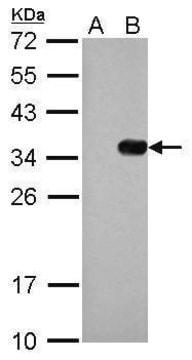
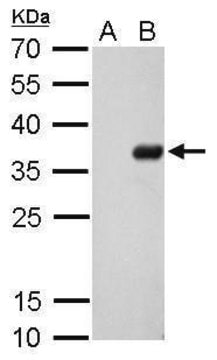
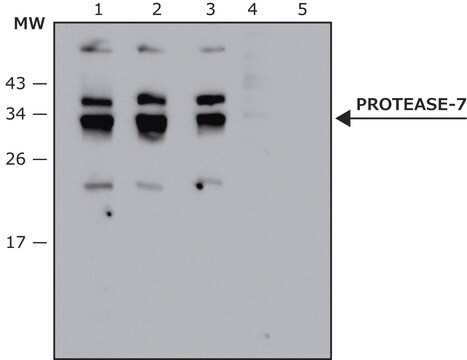
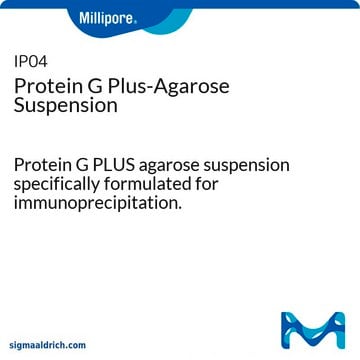

![Western Blocking Reagent, Solution solution, sufficient for 10 blots (11921673001 [100 cm2]), sufficient for 60 blots (11921681001 [100 cm2])](/deepweb/assets/sigmaaldrich/product/images/352/091/ef743cea-ccd8-44f1-8f3b-dec5a1e4f5d1/640/ef743cea-ccd8-44f1-8f3b-dec5a1e4f5d1.jpg)
